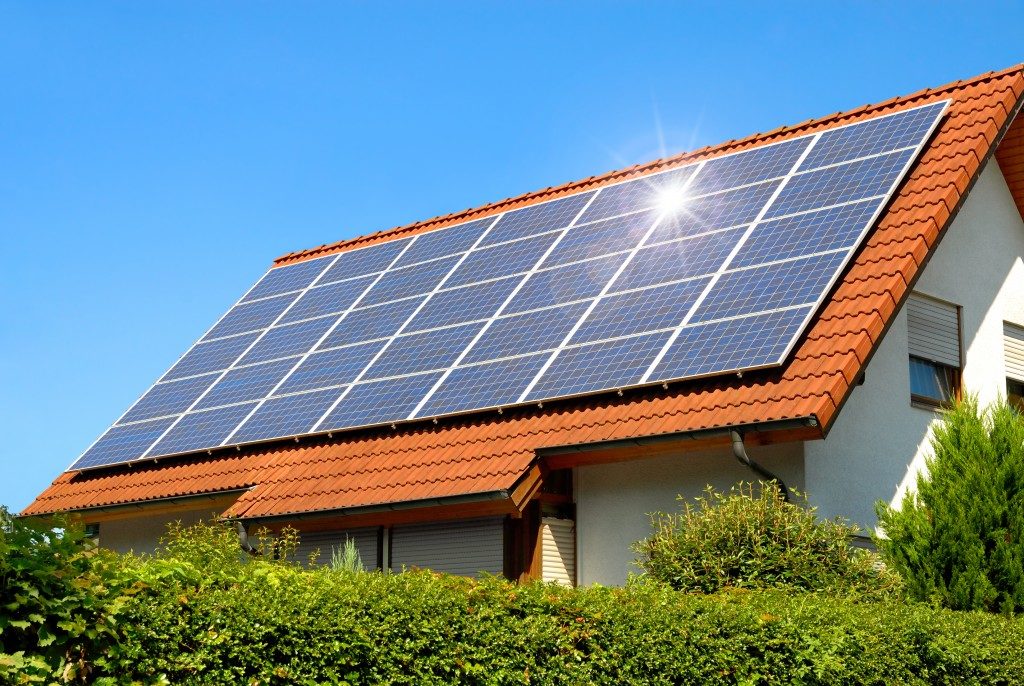Home appliances and industrial equipment such as drum heaters differ on use and maintenance. The former is for residential use and not intended for prolonged use. The latter is more durable and can last for a long time. But all types of machinery need proper care and maintenance to ensure longevity, and this covers all home appliances and furnishing.
When using any equipment, one of the users’ long-term goals is to save on electric costs. In the industrial setting, the use of machinery can lead to excessive utility bills. But without energy, these machines cannot be utilized. Productivity will be low, labor costs can spike up, and revenue can get affected.
A report revealed that energy consumption increased by almost 30 percent from 2000 to 2010. The same report also stated that in 2035, industrial energy consumption is projected to increase by 288 quadrillion Btu. This is a big jump from 2008’s industrial energy consumption of 191 quadrillions Btu.
Regardless of residential, commercial, or industrial usage, it is essential to apply measures to save on energy. Depending on the energy source, it can create an impact on the environment. We can see the effects of it years from now – and hopefully not for the worse.
With that, here are some measures industrial companies can do to reduce energy consumption. Doing can offer benefits in the long run, such as additional savings. It can also help reduce the impact on the environment.
1. Check WAGES usage.
WAGES stands for Water, Air, Gas, Electric, and Steam. Industrial companies should be aware of their WAGES consumption. Otherwise, they may be ending up spending more than saving on energy costs.
2. Monitor facilities.
Industrial companies should also look into their equipment for any signs of damage. Defective equipment can result in wasted energy and resources. It is important to address the issue and repair any defect.
3. Employ cost-cutting solutions.
Some companies reduce energy usage by timing their production and using energy-efficient equipment. Advanced technologies can also reduce energy consumption and are cost-efficient, too. It is also vital that employees are familiar with the companies’ cost-cutting measures.
4. Upgrade when needed.
It is also a good idea to invest in new equipment. These modern types of machinery could have updated parts that can help in saving electricity. Meanwhile, old equipment with parts that do not comply with energy-saving standards could use up more energy.
Buying new machinery may be out of the company’s budget for now. However, it is one of the most important investments companies should make. This is to ensure smoother, more productive, and cost-efficient operations.
5. Motivate the employees to do the same.

A company will not be successful without the hardworking employees. In other words, success is a two-way street. This should also apply when planning for cost-cutting measures. This will not be successful if the staff is not willing to join the cause.
It can be as simple as reminding them to “turn off the equipment when not in use”. Empowering them will make them feel they are a big part of the change. In effect, they will be more conscious of their actions and contribute more to the company’s welfare.
In the end, we will all benefit from taking measures to save energy. At the same time, we are contributing to the environment’s welfare.



